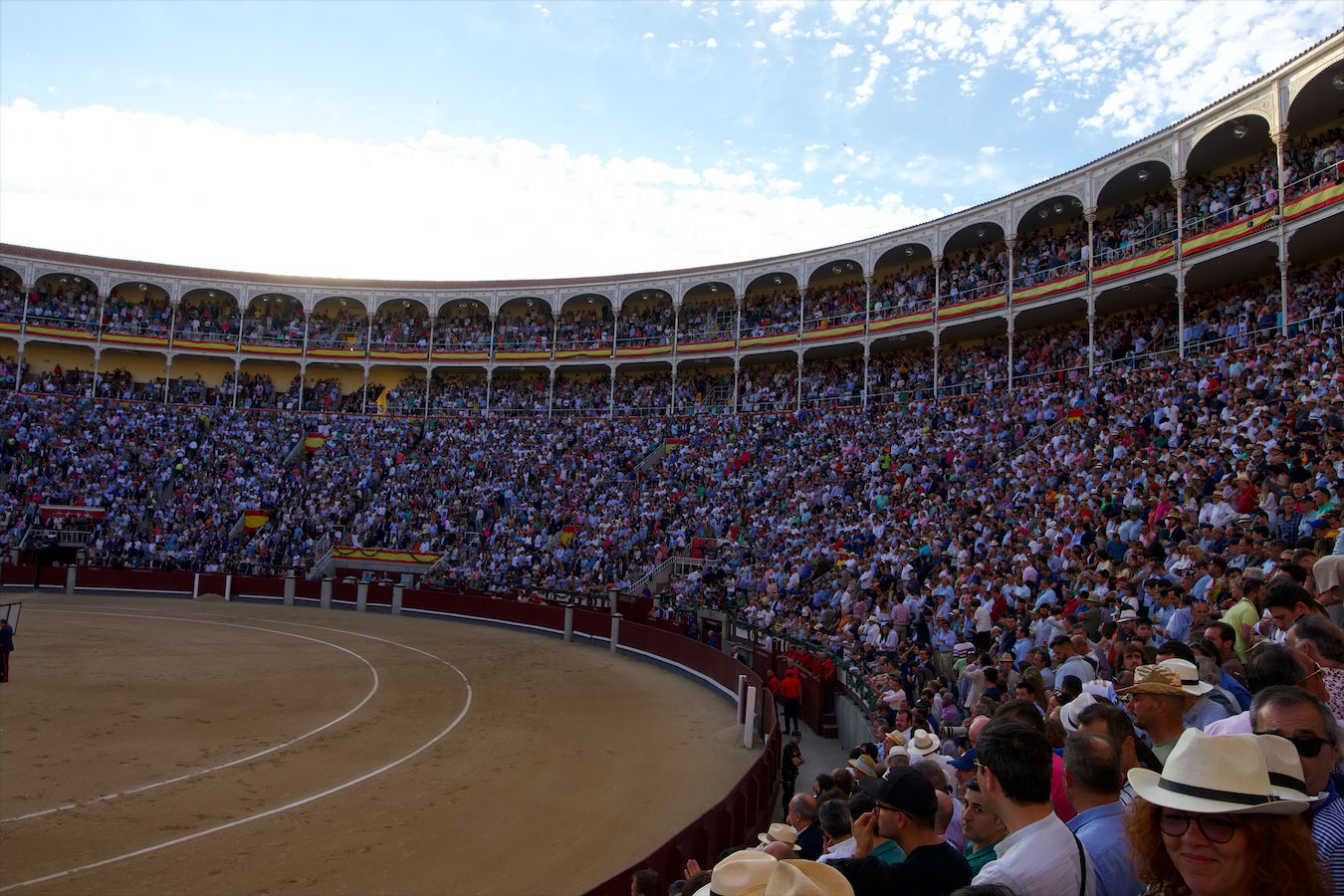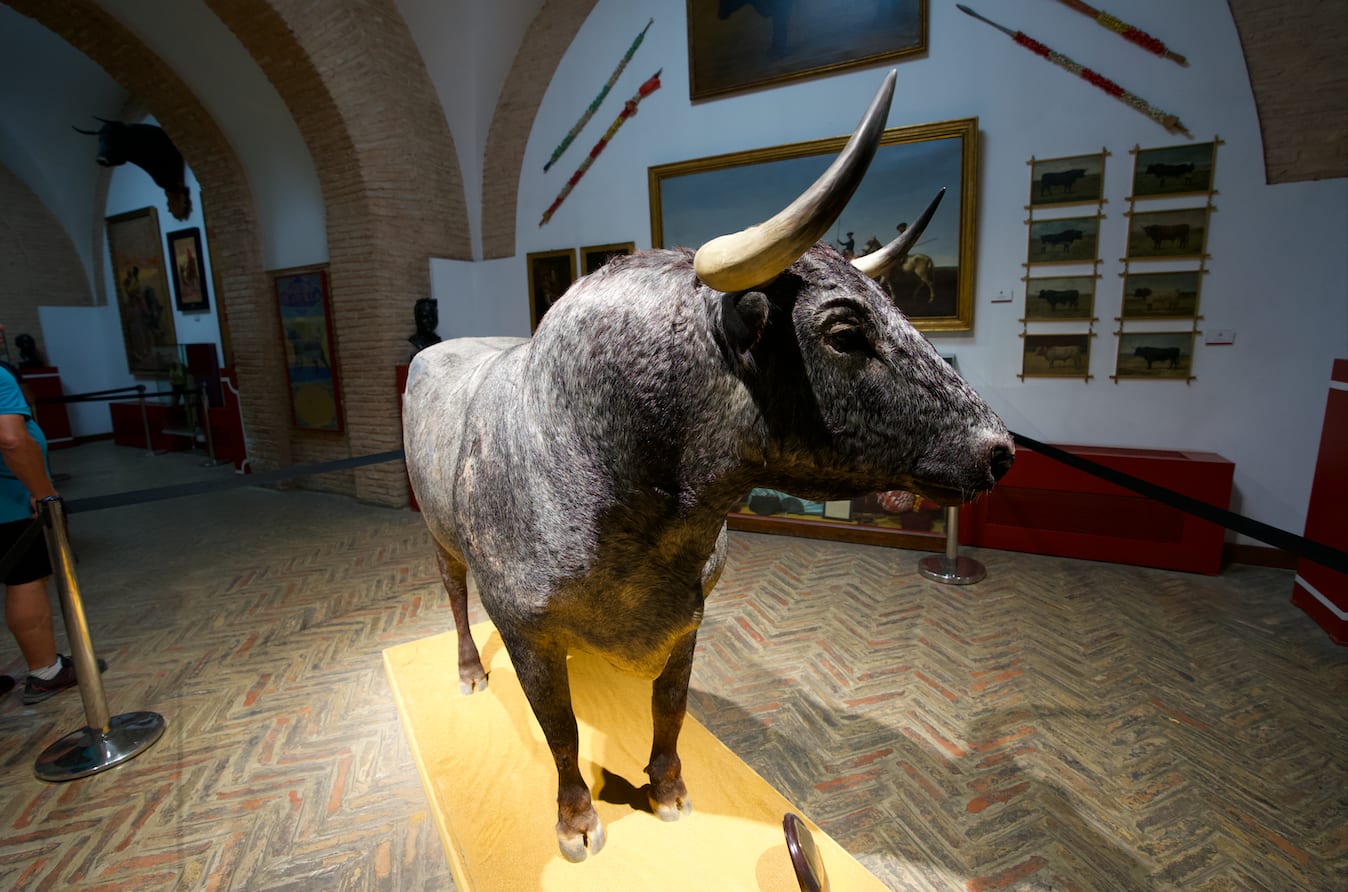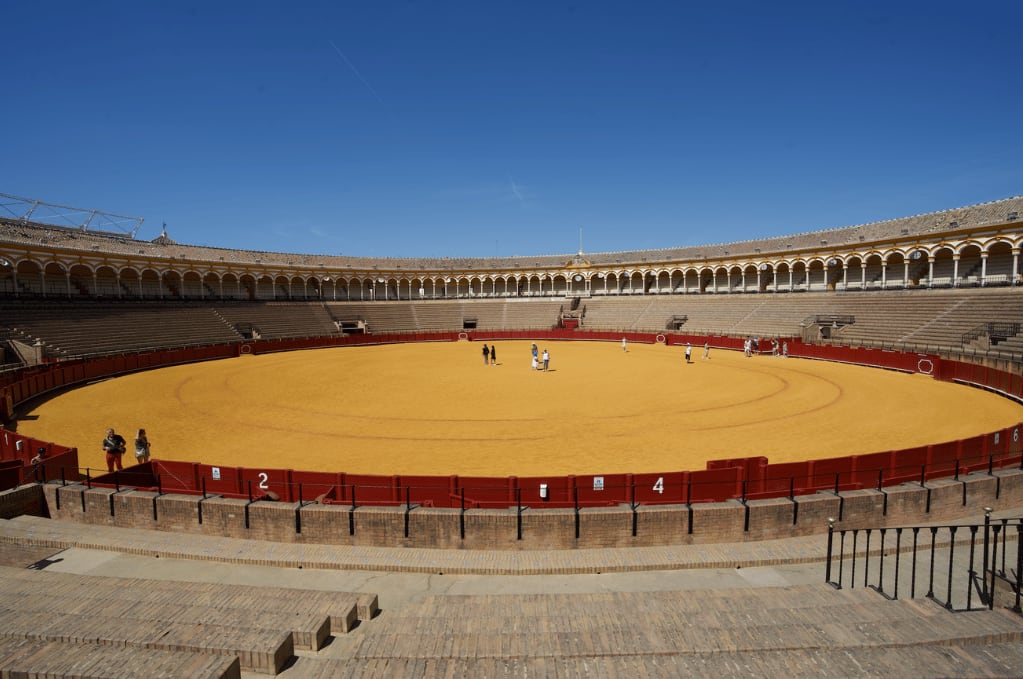Is bullfighting legal in Spain? The Never-ending Legal (& Moral) Debate
January 19, 2023
Win a FREE Trip to Spain!
Exciting Announcement! For the first time, we're thrilled to offer exclusive trips to the heart of Spain - an experience like no other. This isn't your typical tourist journey; it's a unique opportunity to immerse yourself in authentic Spanish culture, alongside real locals and our passionate team.
But there's more! Simply by requesting information about this amazing trip, you'll be entered into a special draw to win a Fully Paid Trip to Spain for Two. And that's not all - everyone who inquires will receive an exclusive bonus gift, valued at $500, available only now.
Ready to Discover the Real Spain?Click Here ↑ to Request Information & Enter the Draw!
Bullfighting is a delicate topic. So delicate that you would be walking on eggshells if you ever tried to share an opinion about it.
Those who aren’t in favor or against it ask themselves: is it moral? Is it okay to kill an animal as a sport? Bullfighting is undoubtedly not the only sport that kills an animal but it is the most visual.
After reading this article, you will know the reality of bullfighting in Spain and have enough information to elaborate on your opinion on the topic.
I must remind you that this article does NOT include videos or images on bullfighting so that anyone can read it calmly.
Table of Contents ▼ ▶
Is bullfighting legal in Spain?
Bullfighting in Spain is a legal sport, tradition, and art form practiced for over seven centuries.
Bullfighting was born on the Iberian peninsula and grew into a Spanish tradition that they passed down to most of their colonies. Some Latin American countries still practicing this sport are Mexico, Colombia, Peru, and Ecuador.
What are the controversies about bullfighting in Spain?
The main controversy about bullfighting in Spain is the never-ending debate about banning the sport. There are mainly two sides to this conflict, with parties having arguments in favor and against; the reality is that both sides of the story are rooted in Spanish history.
Bullfighting is traced way back to the 12th century, but historians argue that the practice goes even further into prehistoric times when people from Mesopotamia worshiped and sacrificed bulls.
The Iberians are also known to have organized events where humans had to confront bulls. The Greek people who arrived at the peninsula and even crossed the Iberians considered fighting a bull a spectacle. And let’s not even mention the Romans! A civilization where fights between men and animals were a major source of entertainment.
But let us go back to Spain.

In the 12th century, the Almohad caliph (ruler of Andalusia) and Alfonso VII from Castile-Leon found bullfighting entertaining; the latter even used it to celebrate his wedding with Berengaria of Barcelona in 1128.
It is said that in the Middle Ages, two types of bullfights were happening. First, a bull would be released in the village square, and an aristocrat would fight it from the back of his horse.
Another type of bullfighting would be hiring different individuals, the matatoros, to get the animals. A profession that became popular in the north.
However, here is where controversies start. By the 13th century, Alfonso X ruled out any public entertainment, especially bullfighting. He would argue that paying for it was dishonorable as it was exclusive entertainment for the upper classes.
Bullfighting, as we know it now, began in the 18th century, and you can read more about it in the article below.
What Is Bullfighting? Origin, Purpose, and Top Festivities in Spain
The anti-bullfighting movement began in the early 20th century when intellectuals from the ‘98 Generation argued against it. They said that bullfighting was anti-European.
After that, more animal activism grew in the country. To the extent that Spain has a political party called PACMA or ‘Partido Animalista Con el Medio Ambiente’ (Animalist Party For the Environment).
What are the arguments in favor and against bullfighting?
Protesters highlight that bullfighting is torture. The bull is put in distress from the moment it is taken away from the countryside. The major issue is that the animal does not receive a ‘clean’ death but is tortured slowly—the spears in the back, the constant waving of the blinding colored cape, and finally, the mostly unaimed strike of the spear, which perforated lungs.
And after all of the above, the bull falls dead and is dragged with a horse out of the arena.
On the other hand, admirers of the sport argue that bullfighting is a tradition and a form of art like any other.
Hemingway said, “Bullfighting is the only art in which the artist is in danger of death and in which the degree of brilliance in the performance is left to the fighter’s honor.”
For many Spaniards, bullfighting is not cruel because the breed, Toro de Lidia or Brave Bull, is raised for only one purpose, to fight. In addition, many see the sport as a ritual of Spanish culture that can’t be taken away from the people.
Bullfighting is considered an art. It is a whole industry that involves education, dress, and performance.


The Brave Bull is even the national animal of Spain!

What cities outlawed bullfighting?
As mentioned before, bullfighting in Spain is legal except for some cities or autonomous regions. Bullfighting is legally prohibited in Catalonia and the Balearic Islands.
Catalonia banned bullfighting by matadores in 2011; but in 2016 the Spanish government anulled the ban because they perceived it as unconstitutional, and argued that bullfighting is a cultural asset. Despite the court’s decision, Catalonians no longer practice the tradition like the rest of Spain.
On the other hand, the parliament in the Balearic Islands banned the action of killing the bull during the bullfight in 2017. Bullfighting is still allowed but with some restrictions.
For instance, the bullfight can only last 10 minutes, instead of 20-30 minutes, and the bull is submitted to medical check-up after the fight.

Are bulls killed in Spanish bullfighting?
According to PETA, approximately 7,000 bulls are killed yearly in Spain due to bullfighting.
Only when the public considers that the bull has given a beautiful display or fight is that they ask to spare or ‘pardon’ the animal’s life. But besides that, the objective of the matador is to weaken the bull until he or she kills it by putting a sword in a coin-size area between the bull’s shoulders.
Many supporters advocate that the bull receives a ‘clean’ death, but those who look at this tradition objectively know that the previous statement isn’t true.
The corrida or bullfighting has different stages, which means the bull is attacked and confused for a considerable period before being killed by the matador.
The latter implies that the bull goes through an extended period of agony, and if the matador doesn’t hit the ‘sweet spot’ as Hemingway would call it, then the animal gets its lungs perforated and given a slow death.
So, what is your view on bullfighting? Is it art or torture? Going back to the main question of this article, let us remember bullfighting is legal in Spain, with Catalonia and the Balearic Islands as exceptions.
You have also learned about arguments in favor and against bullfighting, the main ones used by the political parties, a bit of history, and the bull’s final destiny











